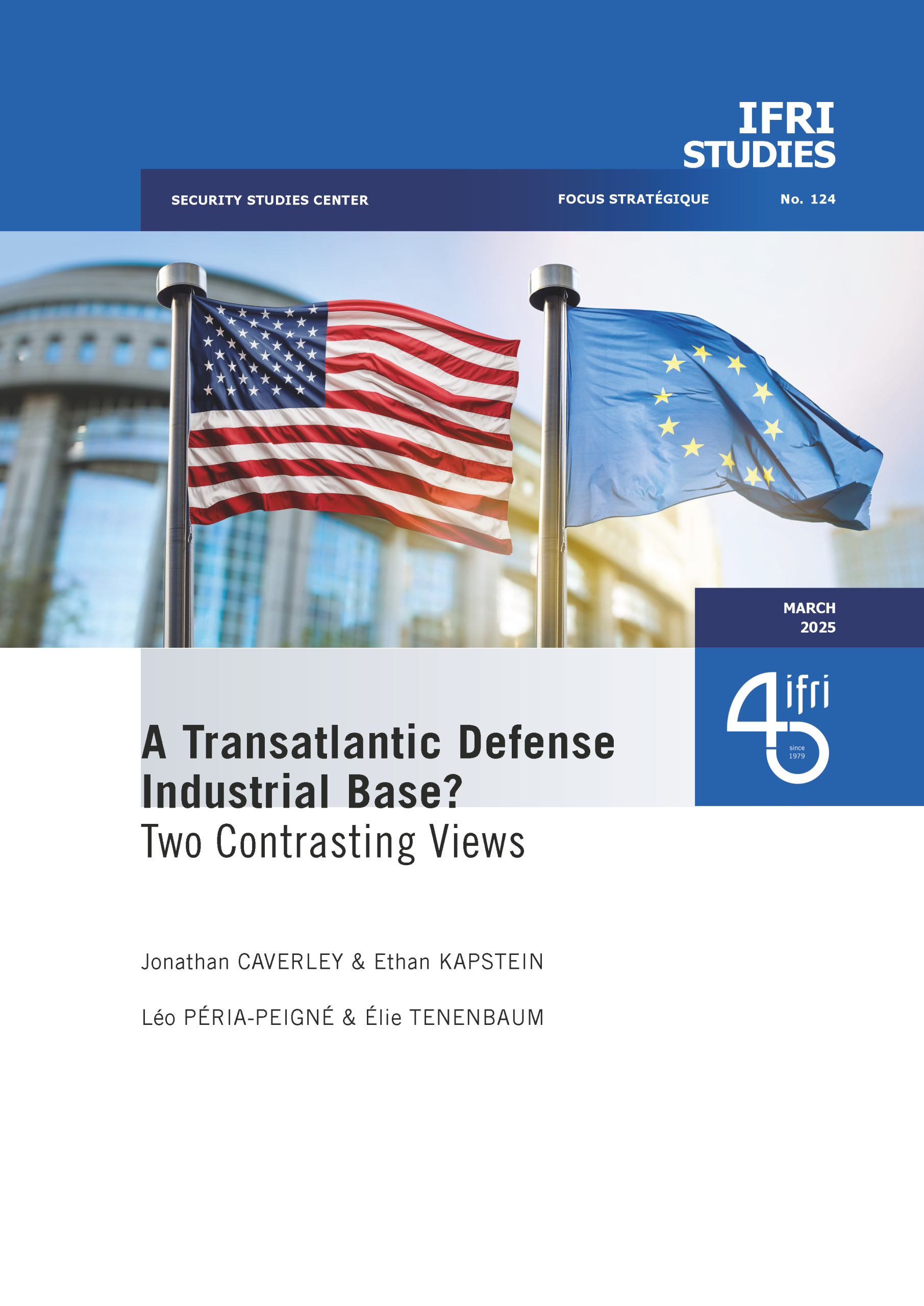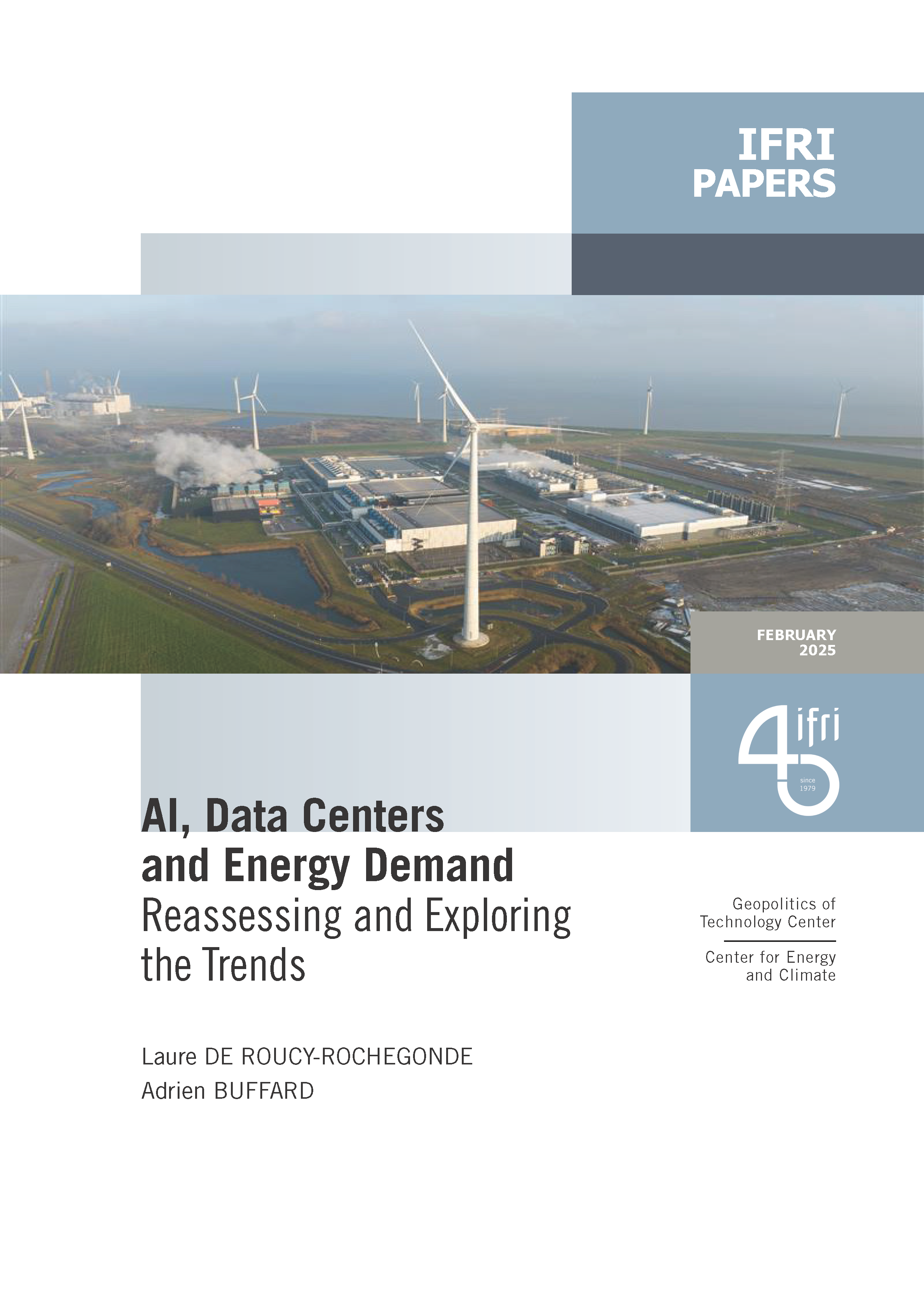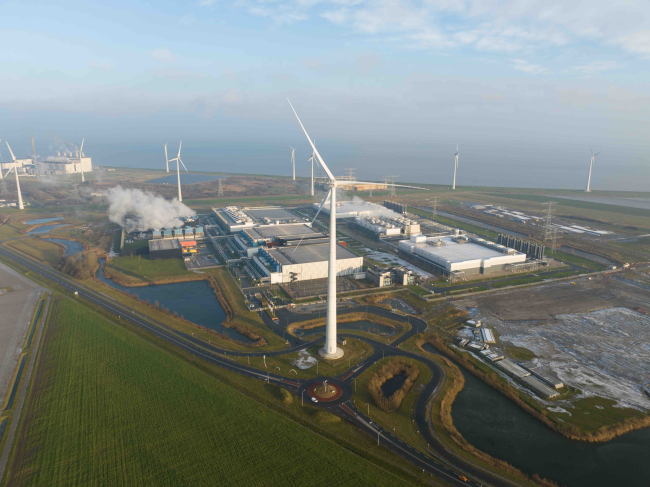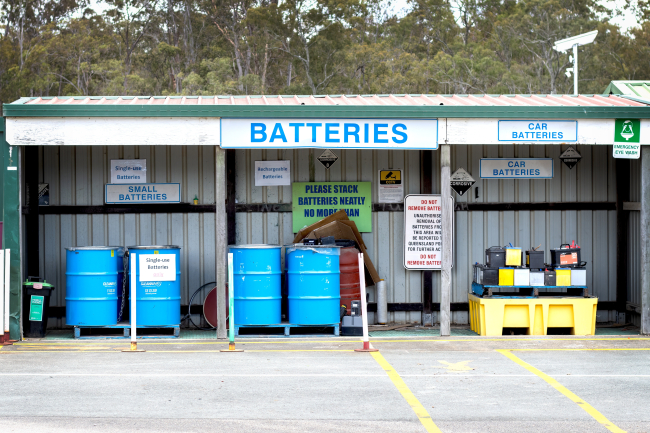Water in Mexico: an Emergency that Will Wait
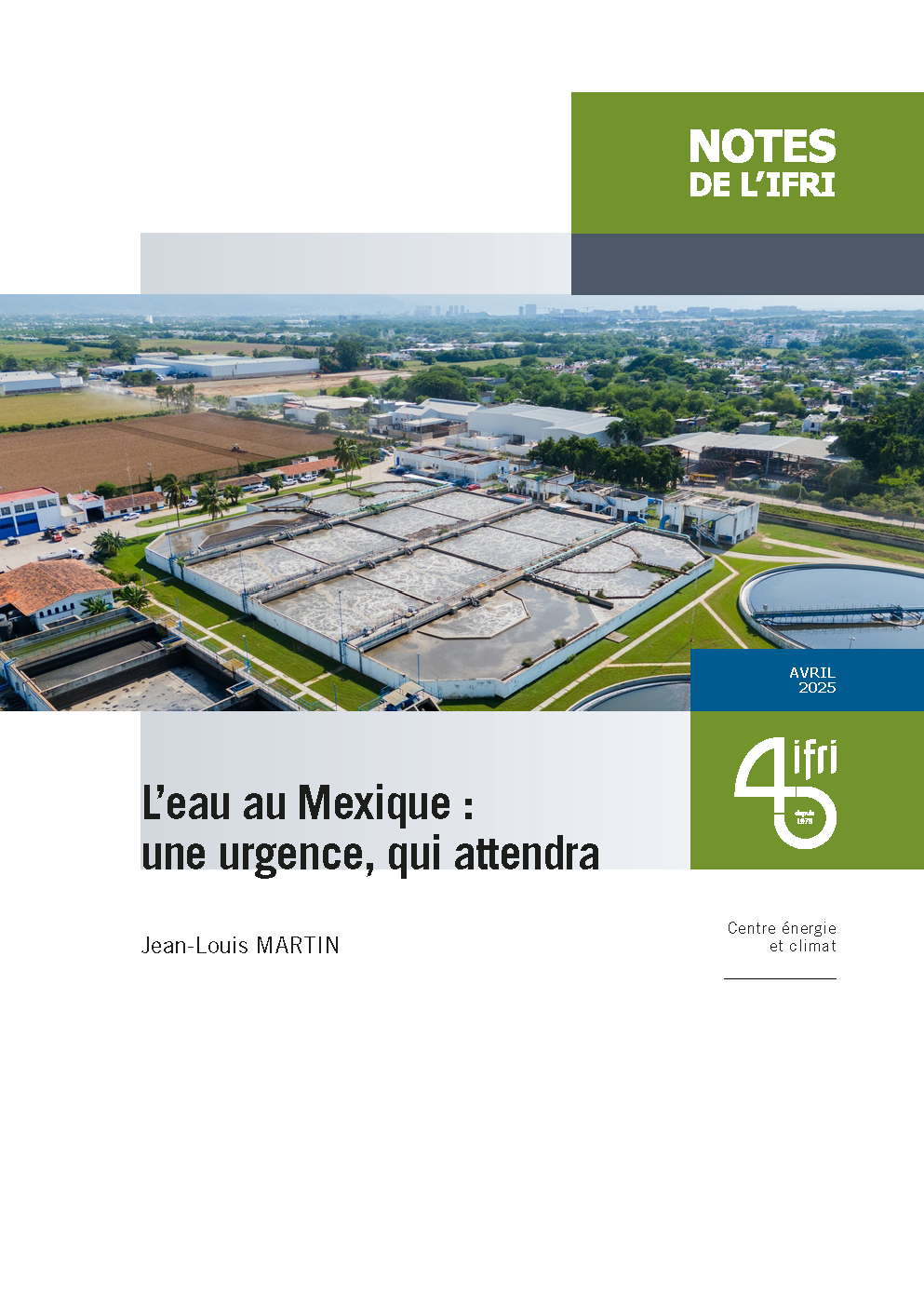
Access to water is already and will become increasingly problematic for Mexican economic actors due to the progressive scarcity of the resource resulting from climate change, a geographical distribution that does not coincide with that of the population or economic activity, and management that has so far been far too lax.
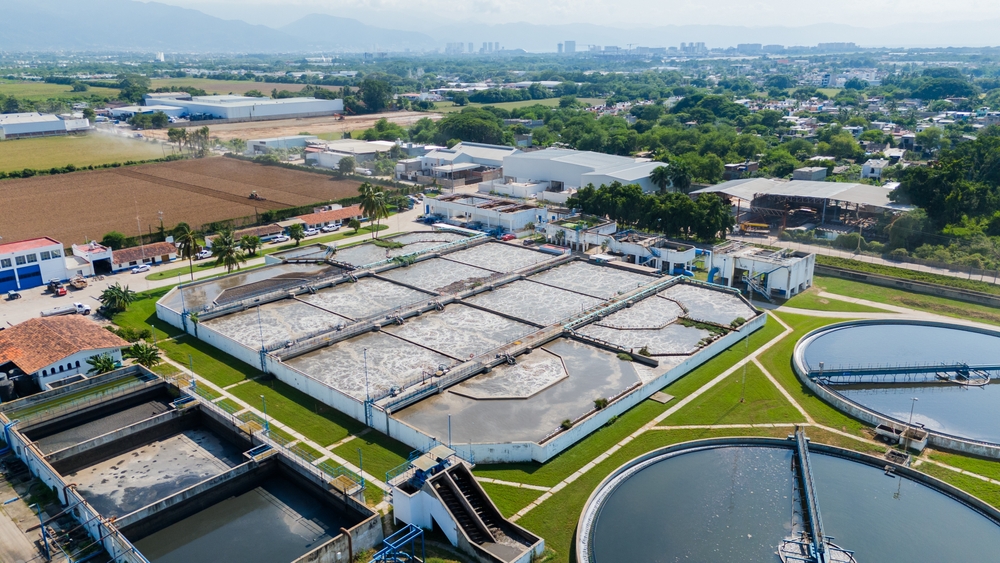
Even the supply of water to cities for human consumption is threatened, as already demonstrated by shortages in Monterrey, in Mexico City, which came very close to severe rationing in June 2024, and in Tijuana very recently. Finally, there is a risk of conflict over water with the United States, as Mexico no longer respects the 1944 agreement on the sharing of waters of shared rivers, a conflict whose resolution could be difficult in the current political context.
Three components appear essential for more sustainable management of water resources:
- A comprehensive review of the “concession” system (in Mexico, these are withdrawal rights): the current system has led to a de facto privatization of what is supposed to be “national property” through the granting of privileges to actors with political influence or economic weight. It not only generates waste but has also become a barrier to industrial development.
- Realistic and general water pricing: these rates are to remain determined at the local level due to the diversity of situations in terms of available resources, but a certain consistency is necessary across the country. Above all, progressive pricing must be introduced for agricultural uses, at least to encourage greater efficiency in use. Finally, the price of water consumed by the population and by agriculture must be effectively collected.
- Strengthened regulation: a national regulator must be responsible for implementing these two elements of reform. This regulator can only be the National Water Commission (Conagua), which will need to be strengthened, including budgetarily.
Powerful political and economic interest groups, including agriculture, which absorbs almost 75% of the extracted resource for free (and up to 95% in some states), favor the status quo. The industrial and service sectors, for which resource scarcity is already a constraint, are more divided between those who have ensured the satisfaction of their needs by obtaining concessions (sometimes diverted from their intended purpose) and those for whom access difficulties are a serious, sometimes insurmountable obstacle to their development or the launch of their operations. President Sheinbaum and her government undoubtedly show more interest in the water issue than their predecessors, but we believe that, unfortunately, resistance to change is such that only an acute and lasting crisis will be able to trigger real reform.
Even if such a reform were implemented, the role of the private sector would remain confined to the margins of the sector in the construction of infrastructure (network, desalination, water treatment) and services (efficiency, reuse, etc.) for industry, commerce, and tourism. In particular, supply to the population will remain a public monopoly, barring a few exceptions.
This paper is only available in French.

Themes and regions
ISBN / ISSN
Share
Related centers and programs
Discover our other research centers and programsFind out more
Discover all our analysesAI, Data Centers and Energy Demand: Reassessing and Exploring the Trends
The information and communication technologies sector today accounts for 9% of global electricity consumption, data centers for 1-1.3%, and artificial intelligence (AI) for less than 0.2%. The growing energy demands of cloud services first, and now AI workloads (10% of today’s data centers electricity demand), have exacerbated this trend. In the future, hyperscale data centers will gain shares amongst all kinds of data centers and AI will probably account for around 20% of data centers electricity demand by 2030.
Unlocking India’s Energy Transition: Addressing Grid Flexibility Challenges and Solutions
India is rapidly scaling up its renewable energy (RE) capacity, adding 15–20 GW annually, but the ambitious goal of 500 GW of non-fossil capacity by 2030 is at risk unless the pace accelerates.
Europe’s Black Mass Evasion: From Black Box to Strategic Recycling
EV batteries recycling is a building block for boosting the European Union (EU)’s strategic autonomy in the field of critical raw minerals (CRM) value chains. Yet, recent evolutions in the European EV value chain, marked by cancellations or postponements of projects, are raising the alarm on the prospects of the battery recycling industry in Europe.

The New Geopolitics of Energy
Following the dramatic floods in Valencia, and as COP29 opens in Baku, climate change is forcing us to closely reexamine the pace—and the stumbling blocks—of the energy transition.


